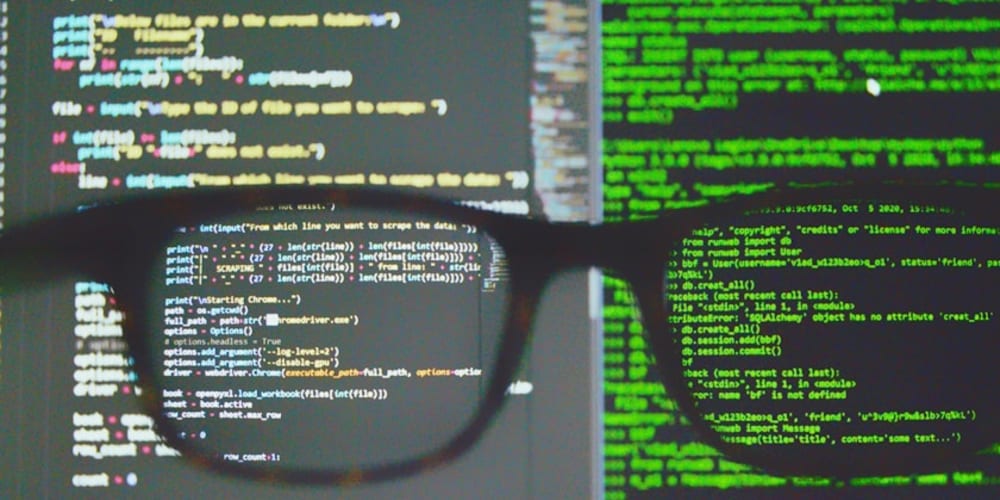Revolutionizing Industries: The Marvels of 3D Printing Technology
Introduction
3D printing, also known as additive manufacturing, has swiftly emerged as a game-changing technology. Originally associated with prototyping and hobbyist projects, 3D printing has matured and is now setting the stage for revolutionary changes across various sectors. From manufacturing to healthcare and construction, the implications are profound and promising. Let's embark on an exciting journey to explore the latest advancements in 3D printing technology and how they are transforming industries.
Advanced Materials: The Core of 3D Printing Evolution
Metal 3D Printing
Gone are the days when 3D printing was limited to plastics. The introduction of metal 3D printing has opened up a world of possibilities. Titanium, stainless steel, and aluminum are now being used to create highly durable and complex parts. Whether it's bespoke aerospace components or customized medical implants, metal 3D printing is pushing the boundaries of what’s possible in material science.
Composite Materials
Another groundbreaking development is the use of composite materials that combine carbon fibers with polymers. These materials offer unprecedented strength-to-weight ratios, making them ideal for aerospace and automotive applications where performance and efficiency are paramount.
Healthcare: A New Frontier
Custom Prosthetics and Implants
One of the most impactful applications of 3D printing in healthcare is the development of custom prosthetics and implants. By leveraging patient-specific data, 3D printing allows for the creation of tailor-made solutions that fit perfectly, enhancing comfort and effectiveness.
Bioprinting Tissues and Organs
The concept of bioprinting, using bio-inks made from human cells, is another astonishing development. Scientists are developing methods to print complex tissue structures and even entire organs. Although still in experimental stages, the implications for transplant medicine are staggering. Imagine a future where organ shortages are a thing of the past!
Manufacturing: From Prototyping to Production
Rapid Prototyping
In the realm of manufacturing, 3D printing initially gained popularity through rapid prototyping. This allows companies to quickly develop and test new product designs without the need for traditional tooling. The speed and flexibility offered have significantly accelerated innovation cycles.
On-Demand Production
3D printing is also enabling on-demand production, which reduces inventory costs and waste. Companies can produce parts as needed, utilizing digital inventories to achieve just-in-time manufacturing. This is particularly beneficial for industries such as aerospace and automotive, where long lead times and high storage costs can be major challenges.
Construction: Building the Future Layer by Layer
3D Printed Homes
The construction industry is experiencing a revolution with the advent of 3D printed homes. Companies are now capable of printing entire house structures in a matter of days, significantly reducing labor costs and construction time. These homes are not only quickly built but are also highly customizable and sustainable, utilizing eco-friendly materials and efficient design principles.
Infrastructure and Urban Development
Beyond residential construction, large-scale 3D printing is being applied to infrastructure and urban development projects. Bridges, bus stops, and park benches are just a few of the elements being constructed using this technology. This approach not only saves time and money but also allows for innovative architectural designs that were previously impossible or impractical.
Conclusion
3D printing technology is undeniably a force of transformation across multiple industries. From the intricacies of custom medical implants to the robustness of metal aerospace components, and from the rapid prototyping on manufacturing floors to the swift construction of homes, the impact is profound and multifaceted.
The future of 3D printing holds even more promise. As technology advances, the boundaries of what's possible will continue to expand, ushering in an era of unprecedented innovation and efficiency. We are just beginning to scratch the surface of what this amazing technology can achieve. So, fasten your seat belts and stay tuned, as the world of 3D printing continues to evolve and amaze!
I hope this deep dive into the world of 3D printing has been as exciting for you to read as it was for me to write. Stay optimistic, stay curious, and keep exploring the frontiers of technology!



















